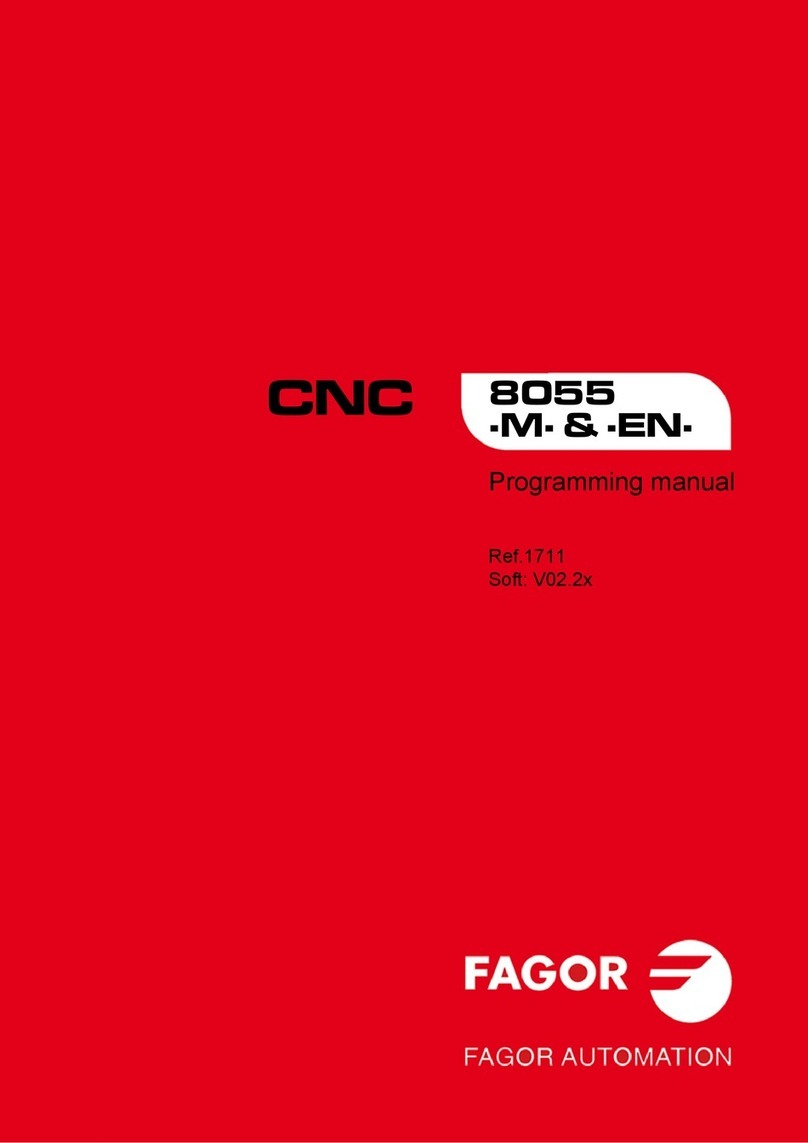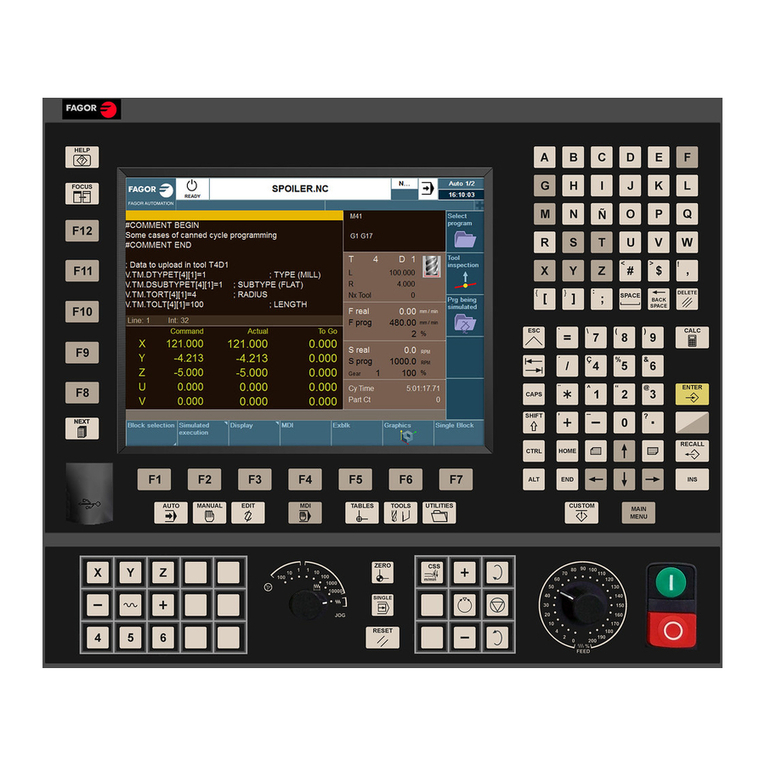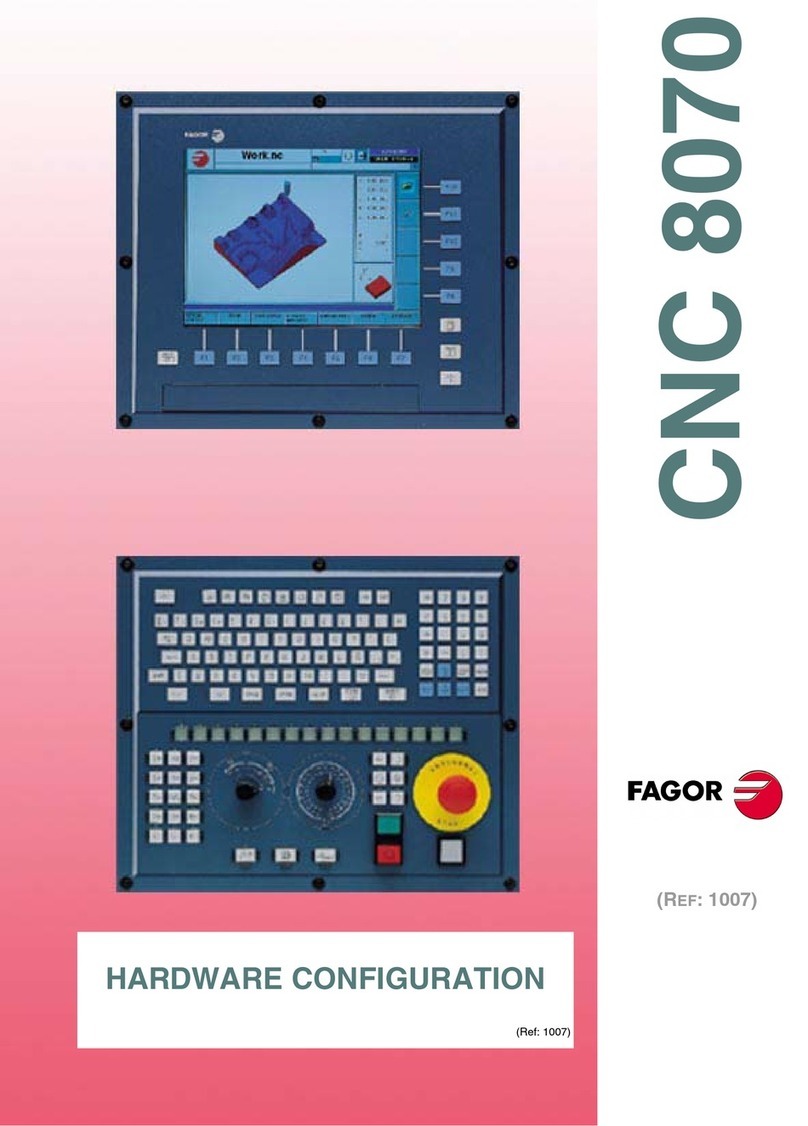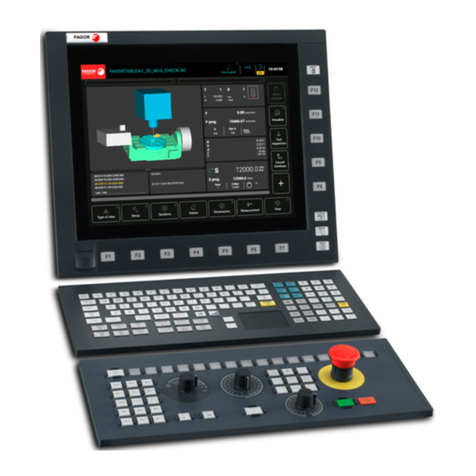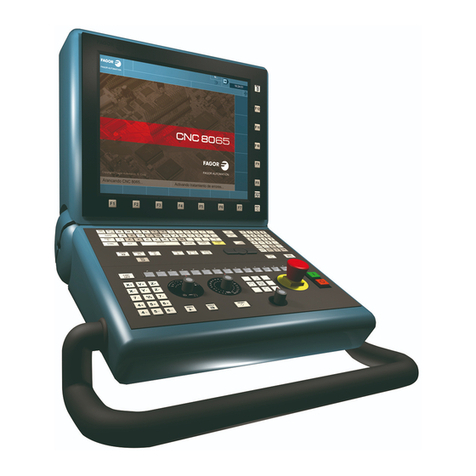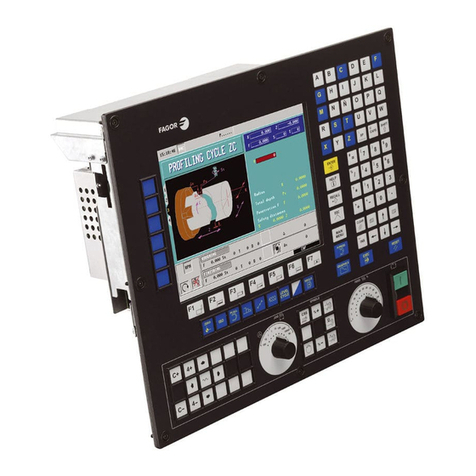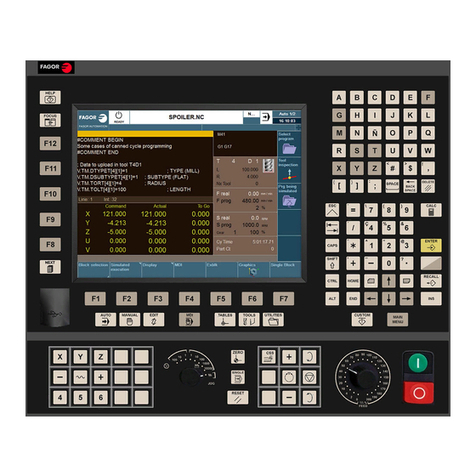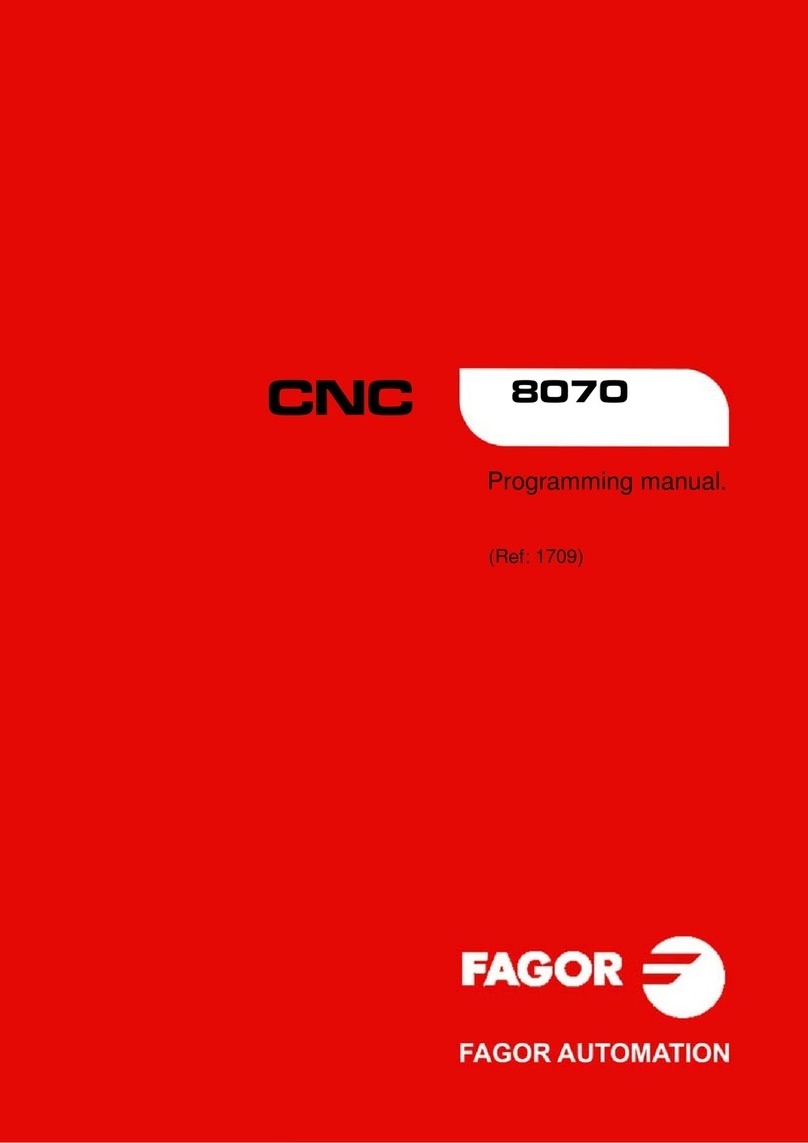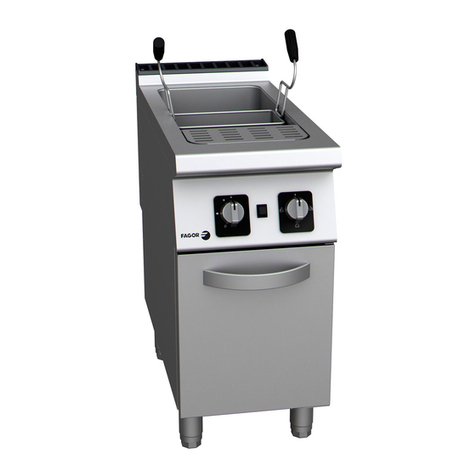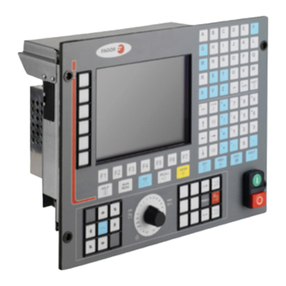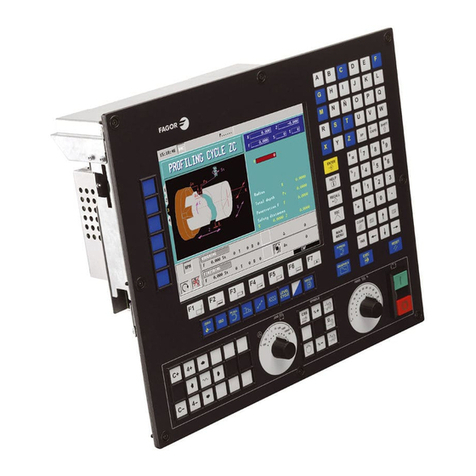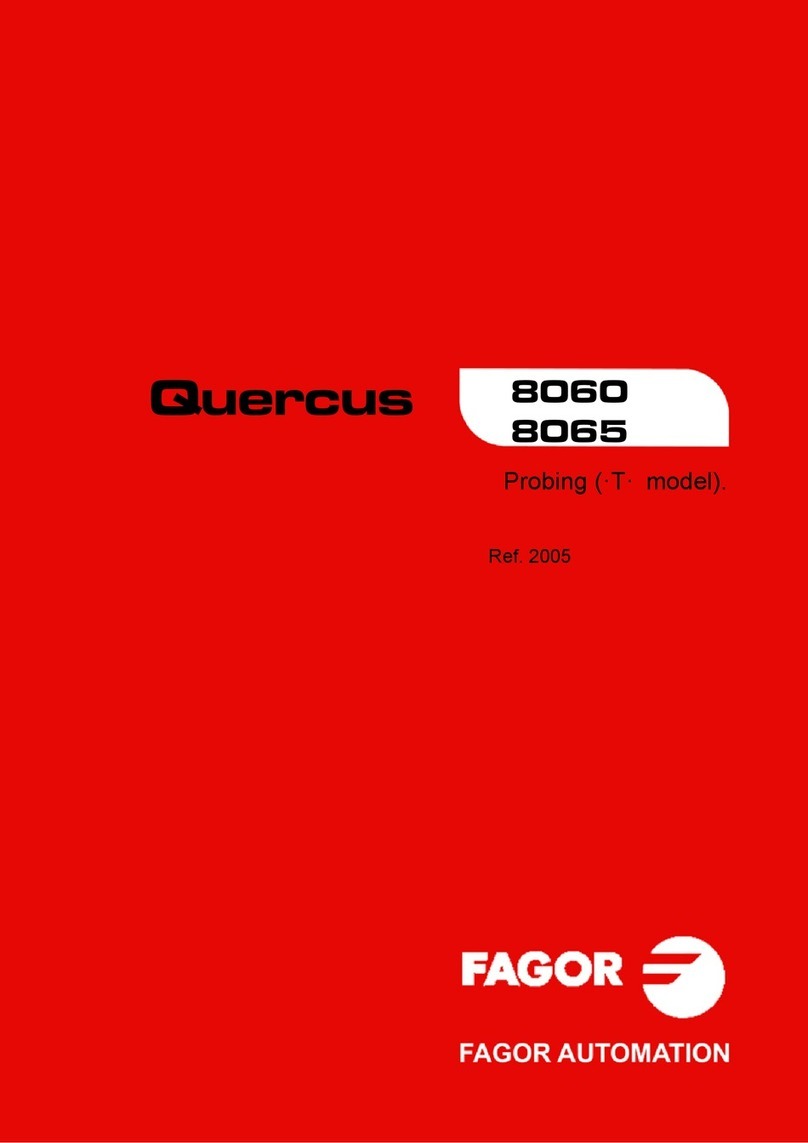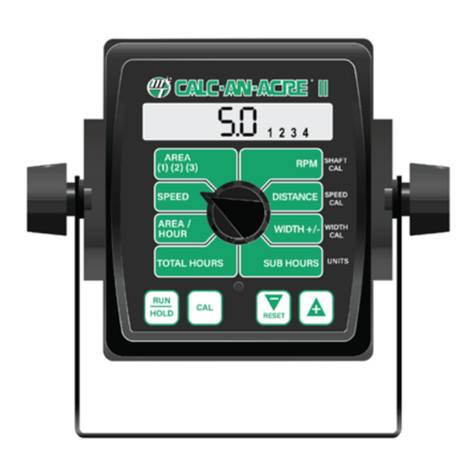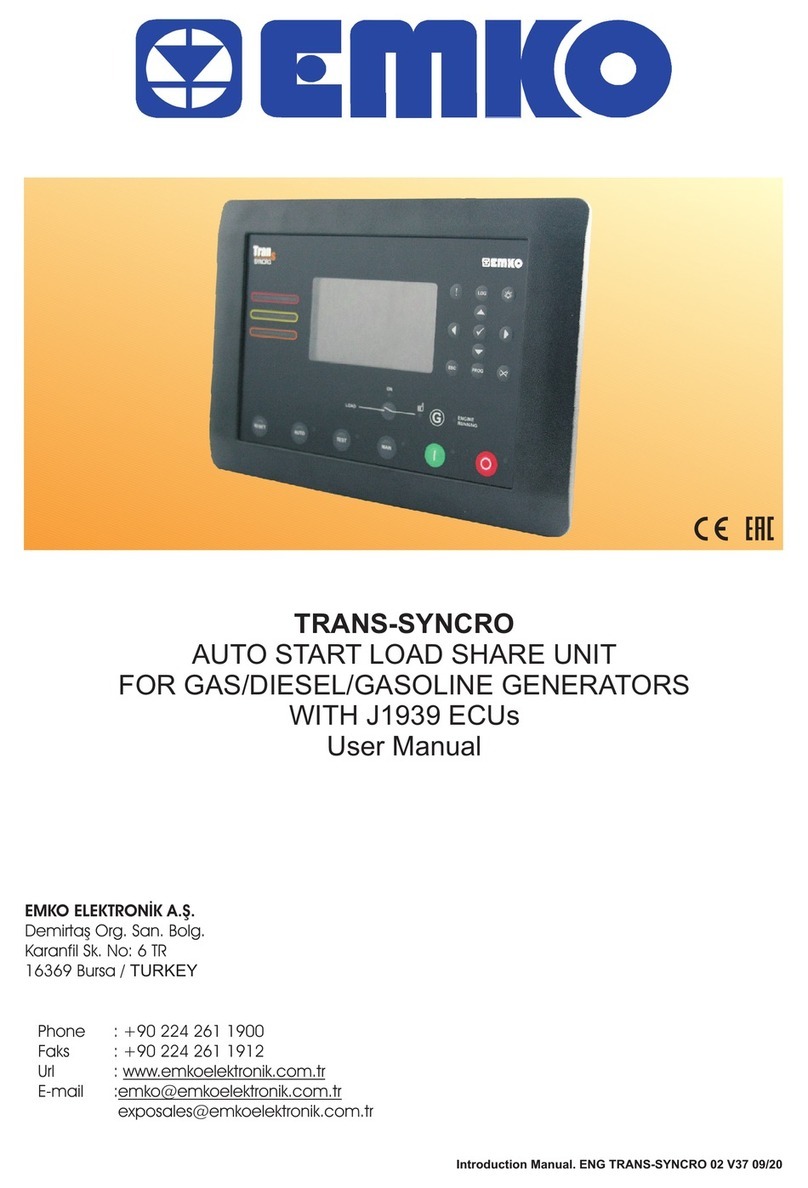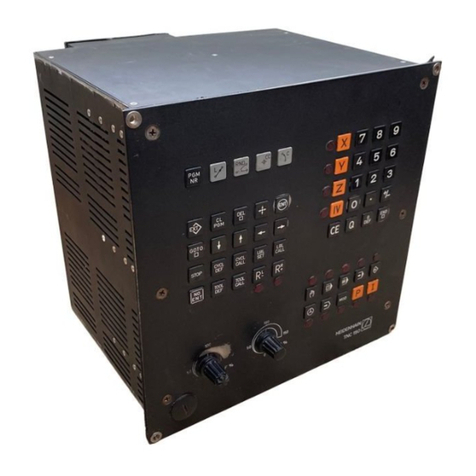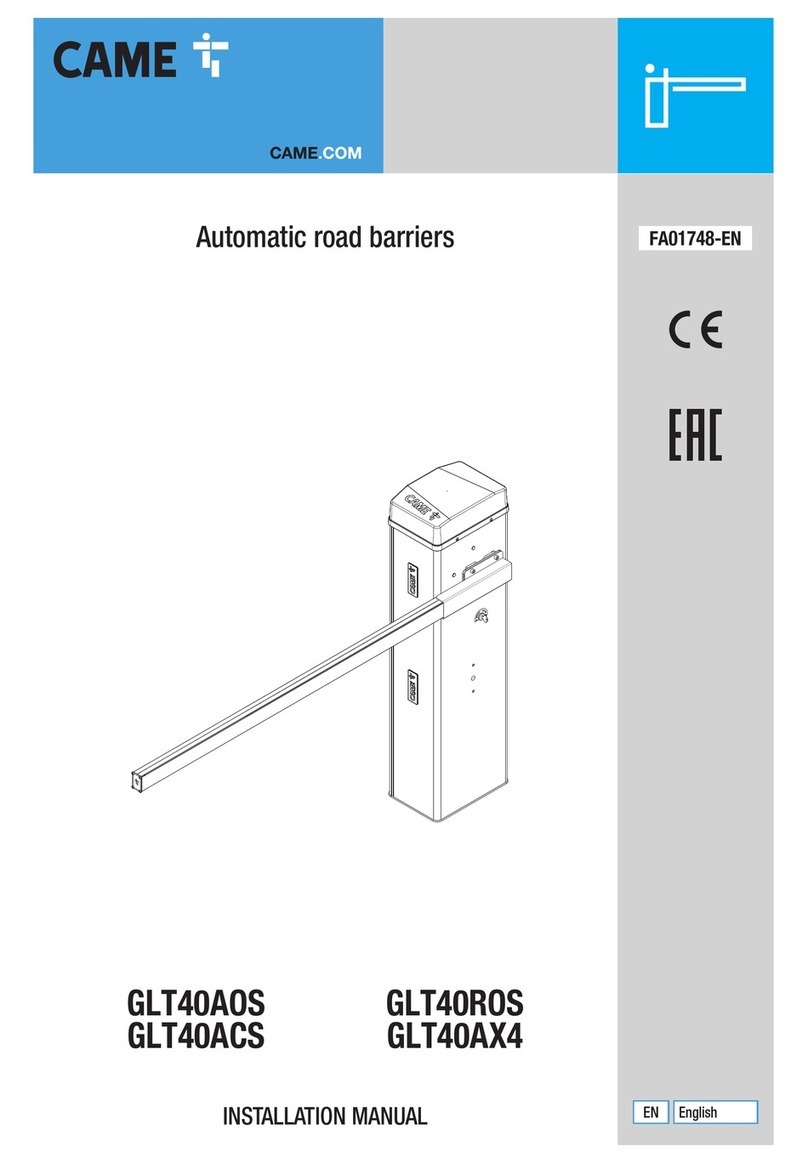
Hardware configuration.
CNC 8060
·7·
(REF: 1709)
SOFT 60 C AXIS
C axis.
It activates the kinematics for working with the C axis and
the associated canned cycles. The CNC can control
several C axes. The parameters of each axis indicate if it
will function as a C axis or not, where it will not be
necessary to activate another axis for the machine
parameters.
SOFT 60 Y AXIS
Y axis for lathe.
It activates the kinematics for working with the Y axis and
the associated canned cycles.
SOFT 60 TANDEM AXES
Tandem axes.
A tandem axis consists in two motors mechanically
coupled (slaved) and making up a single transmission
system (axis or spindle). A tandem axis helps provide the
necessary torque to move an axis when a single motor is
not capable of supplying enough torque to do it.
Whenactivatingthisfeature, itshouldbe keptinmind that
foreachtandemaxisofthemachine,anotheraxismustbe
addedto theentireconfiguration. Forexample, ona large
3-axis lathe (X Z and tailstock), if the tailstock is a tandem
axis, the final purchase order for the machine must
indicate 4 axes.
SOFT 60 SYNCHRONISM
Synchronization of axes and spindles.
The axes and ballscrews may be synchronized in two
ways: in terms of speed or position. The CNC
configurationtakesintoconsiderationthesynchronization
of 2 axes or 2 spindles. Once synchronized, only the
master displays and programs the element.
SOFT 60 HSSA I MACHINING SYSTEM
High Speed Surface Accuracy.
This is the new version of algorithms for high speed
machining (HSC). This new HSSA algorithm allows for
high speed machining optimization, where higher cutting
speeds,smoothercontours,a bettersurfacefinishingand
greater precision are achieved.
SOFT 60 HSSA II MACHINING SYSTEM
HSSA-II machining system.
This is the new version of algorithms for high speed
machining (HSC). This new HSSA algorithm allows for
high speed machining optimization, where higher cutting
speeds,smoothercontours,a bettersurfacefinishingand
greater precision are achieved.
SOFT 60 PROBE
Probing canned cycles.
The CNC may have two probes; usually a tabletop probe
to calibrate tools and a measuring probe to measure the
part.
Thisoptionactivatesthe functionsG100,G103 andG104
(for probe movements) and probe canned cycles (which
help to measure part surfaces and to calibrate tools).
Forthelasermodel,itonlyactivatesthenon-cyclefunction
G100.
SOFT 60 CONV USER CYCLES
Conversational user cycles.
Incorporation of user cycles in conversational mode.
SOFT 60 PROGTL3
ProGTL3 programming language
Another language apart from ISO for the programming of
profiles using a geometric language without the need to
use external CAD systems. This language allows for
program functions to define lines and circles which define
thepointsofintersectiononaprofile,inadditiontomacros
for the creation of solids defined by a flat profile and one
or more section profiles.
SOFT 60 PPTRANS
Part-program translator.
The program translator may be used to convert programs
written in other languages into Fagor ISO codes.
SOFT THIRD PARTY CANOPEN
Third-party CANopen.
Enables the use of non-Fagor CANopen modules.
SOFT MAB SYSTEM.
MAB drives.
Sercos connection with MAB drives.
SOFT 60 PWM CONTROL
Pulse-Width Modulation.
This function is only available for Sercos bus controlled
systems. It is mostly oriented toward laser machines for
thecuttingof verythicksheets,where theCNCgenerates
a series of PWM pulses to control the power of the laser
when drilling the starting point.
This feature is essential for cutting very thick sheets and
it requires two quick digital outputs located on the central
unit. With this new feature, the OEM does not need to
install or program any external device, which reduces
machine costs and installation times. The end user also
benefits, since the “Cutting with PWM ” feature is much
easier to use and program.
SOFT 60 GAP CONTROL
Gap control.
This is mostly oriented toward laser machines. Gap
control makes it possible to maintain a set distance
betweenthelasernozzleandthesurfaceofthesheet.This
distance is calculated by a sensor connected to the CNC,
so that the CNC offsets the sensor variations on the
distance programmed with additional movements in the
axis programmed for the gap.
